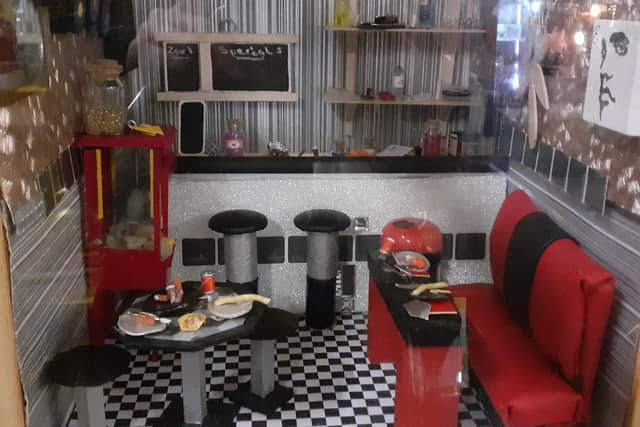Dolls' houses are a timeless collectable for enthusiasts
and live on Freeview channel 276
We’re into Advent, which for me is the real start of the Christmas countdown (and yes, I still insist on a calendar; but it’s a picture one – no chocolate for me!)
When I was a lad, this was also the time to write my Christmas list. It’d look a bit Spartan compared to today’s electronic gizmos, but I was very happy with my books and toys. All the girls in my class dreamed of getting a dolls’ house.
Advertisement
Hide AdAdvertisement
Hide AdEuropean dolls’ houses began with 16th century ‘baby houses’, hand-crafted and perfect down to every architectural and decorative detail. Fully furnished, they could cost the same as a modest full-size townhouse. These days, the few remaining are virtually priceless.


Queen Mary’s dolls’ house is possibly the most beautiful and famous in the world. Built 1921-1924 by leading British architect Sir Edwin Lutyens, it includes pieces from over 1,500 of the period’s finest artists and craftsmen. It even has electricity, running hot and cold water, and working lifts!
The good news now is that dolls’ houses are no longer just for Victorian ladies and little girls, but very popular with a wide range of collectors, restorers, historians, fantasists, and frustrated interior decorators.
If you can’t actually live in the home of your dreams, creating a miniature version of it could be the next best thing! Or historical realists, who relish researching and creating their very own ‘Downton Abbey’ in perfect period detail.
Advertisement
Hide AdAdvertisement
Hide AdWhen it comes to buying furnishings and fittings for their houses, there is almost unlimited choice, from mass-produced items to talented miniaturists producing an unimaginable variety of finely crafted miniature pieces of furniture, silverwork and pottery.
Antique furniture is very rare and priced to match. Even unfurnished, genuine Georgian and Victorian houses start at several thousand pounds. Early twentieth Century Edwardian and Arts and Crafts houses can be found for around five hundred pounds upwards.
I was delighted when the centre recently welcomed a new stall specialising in dolls’ house furniture, accessories and intricate interiors. Single items can be purchased from a simple coal scuttle to complete interior sets. Interiors such as these, from Regency splendour to ‘50s diner, range from a few pounds upwards.
Comment Guidelines
National World encourages reader discussion on our stories. User feedback, insights and back-and-forth exchanges add a rich layer of context to reporting. Please review our Community Guidelines before commenting.